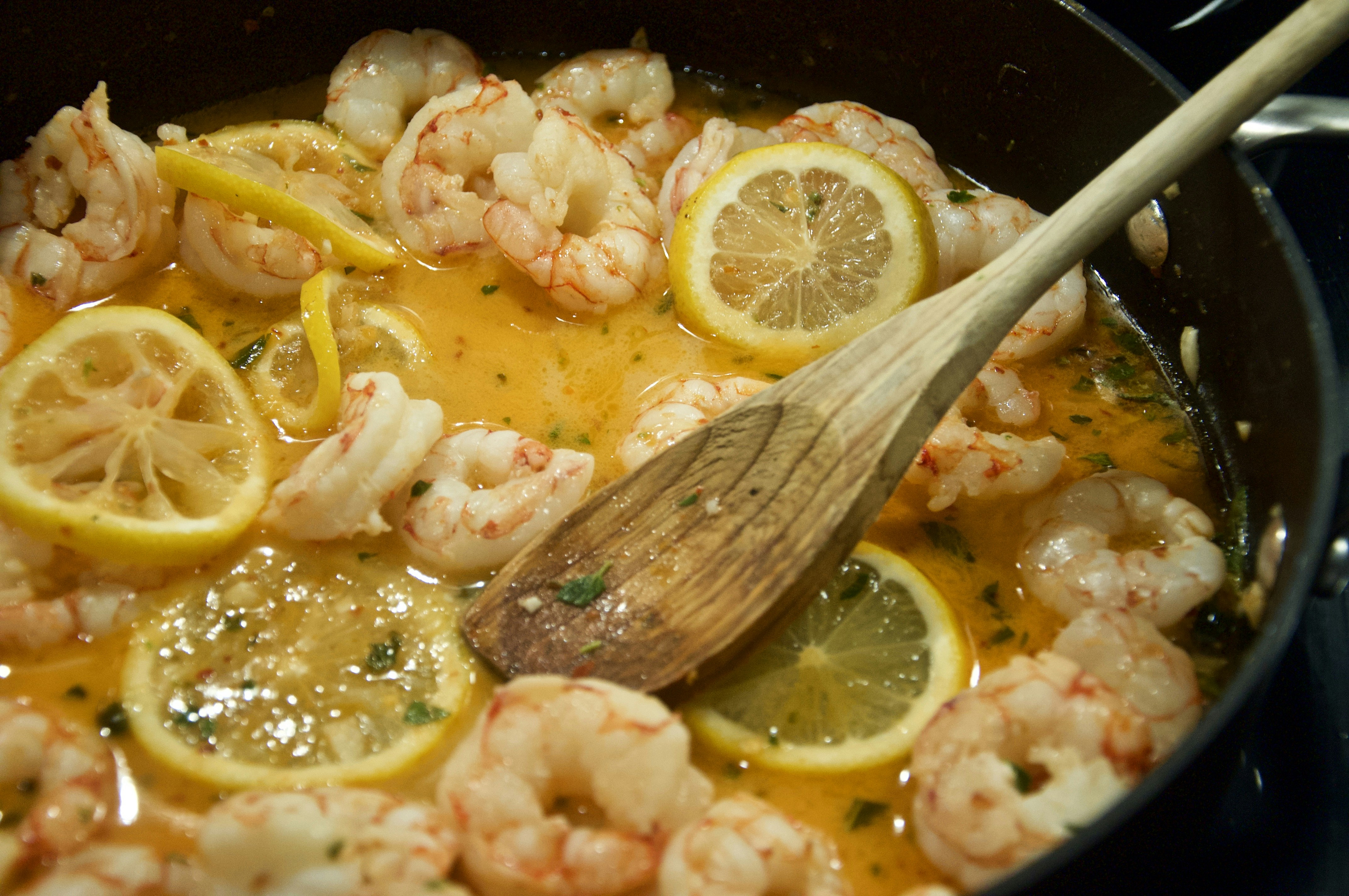%% run start
``
%%

%% run end %%
#cooking
## Difference between animal and plant butter
Plant butter and animal butter (usually made from cow's milk) differ in several key aspects when it comes to cooking:
1. **Ingredients and Composition**:
- Animal butter is made from the fat and protein of cow's milk. It contains saturated fats, cholesterol, and milk proteins.
- Plant butter is made from vegetable oils like olive, coconut, palm, canola, or soybean. It's typically vegan and dairy-free, containing a mix of saturated and unsaturated fats, but no cholesterol or animal proteins.
2. **Flavor and Aroma**:
- Animal butter has a rich, creamy taste and a distinct aroma that comes from milk fats. The flavor can vary slightly depending on the diet of the cows.
- Plant butter often tries to mimic the taste of animal butter, but its flavor can vary depending on the types of oils used. Some might have a nuttier or more neutral taste.
3. **Cooking Performance**:
- ==Animal butter has a lower smoke point== (the temperature at which it begins to burn and smoke) compared to most plant butters. It's excellent for baking and low to medium-heat cooking, offering a unique flavor and texture.
- ==Plant butter generally has a higher smoke point, making it suitable for high-heat cooking like frying==. However, its performance in baking can vary, as it may not always replicate the texture and moisture content provided by animal butter.
4. **Health Aspects**:
- Animal butter is high in saturated fats and cholesterol, which can be a concern for heart health when consumed in large amounts.
- Plant butter often contains a mix of saturated and unsaturated fats and is cholesterol-free. Some types are enriched with omega-3 fatty acids, but others may contain trans fats, depending on how they are processed.
5. **Suitability for Dietary Restrictions**:
- Animal butter is unsuitable for those with dairy allergies, lactose intolerance, or vegan diets.
- Plant butter is often a go-to alternative for vegans, those with dairy allergies, or those looking to reduce saturated fat intake.
Each type of butter has its unique properties and can be selected based on dietary preferences, health considerations, and desired outcomes in cooking and baking.
## Let’s say making steak
When cooking steak, both animal butter and plant butter can be used, but they offer different results and flavors:
1. **Animal Butter**:
- Flavor: Animal butter, especially if it's high-quality or grass-fed, adds a rich, creamy, and slightly nutty flavor that complements the taste of steak exceptionally well.
- Cooking Technique: Animal butter is excellent for basting. After searing the steak on high heat, you can lower the heat and add butter, herbs, and garlic, continually spooning the melted butter over the steak. This technique adds flavor and can help achieve a more even cook.
- Consideration: Animal butter has a lower smoke point, so it's better added towards the end of cooking to avoid burning.
2. **Plant Butter**:
- Flavor: Plant butter can also add a pleasant flavor, though it might not have the same richness or depth as animal butter. The taste can vary depending on the type of oils used in the plant butter.
- Cooking Technique: Plant butter often has a higher smoke point, making it more suitable for the initial high-heat searing of the steak. It can also be used for basting, though the flavor profile will be different.
- Consideration: For those with dietary restrictions (like veganism or dairy intolerance), plant butter is a suitable alternative.
**Recommendation**: For a traditional steak flavor and a gourmet experience, animal butter is generally preferred. Its rich, creamy taste complements the savory flavor of steak very well. However, if you have dietary restrictions or health considerations, plant butter is a viable alternative that can still yield delicious results. Remember to adjust your cooking technique based on the type of butter you choose to ensure the best outcome.